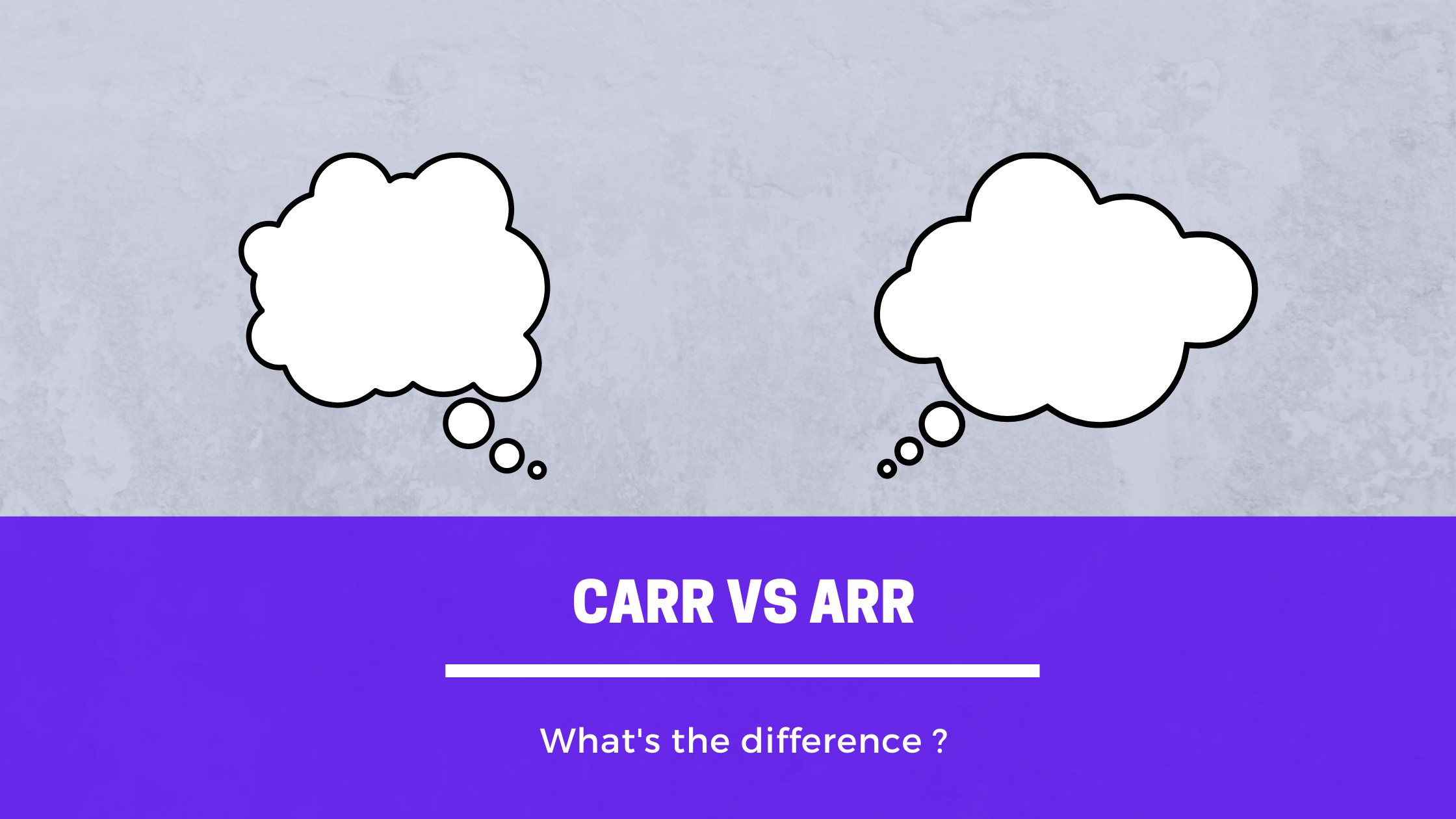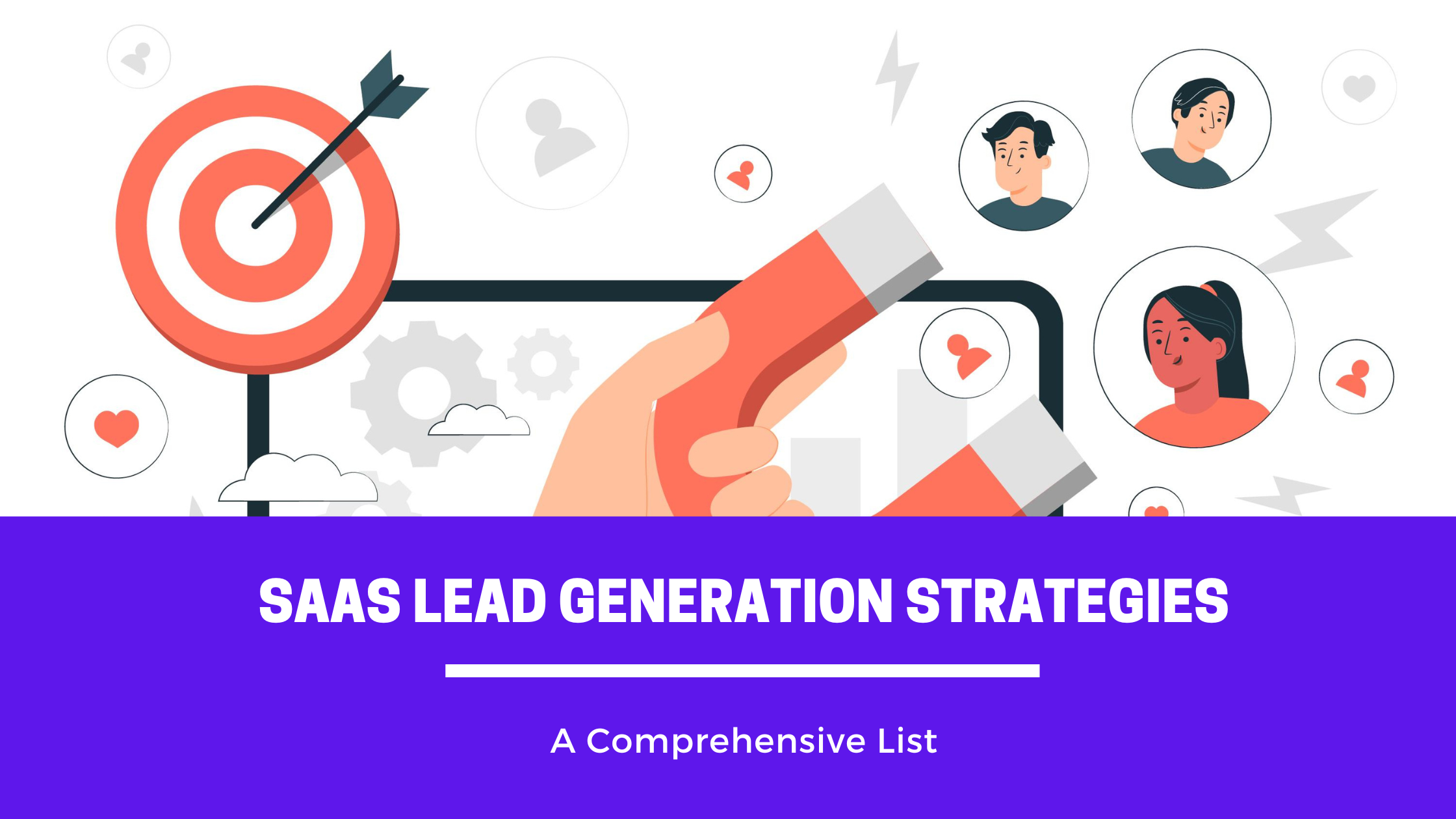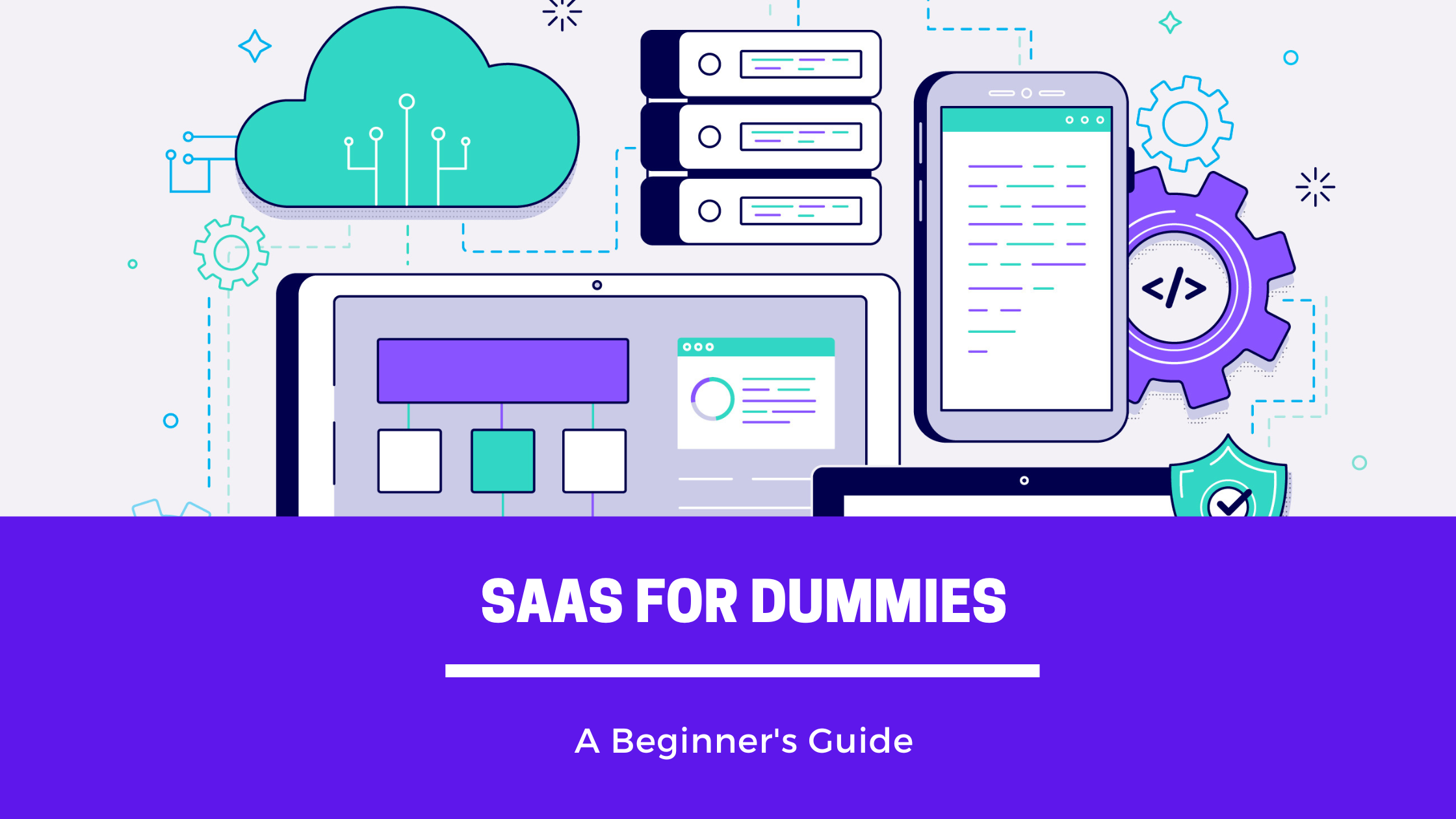For subscription businesses, Annual Recurring Revenue (ARR) is the true north star metric. But these days a new metric closely related to ARR is getting popular, especially for fast growing recurring businesses ( like SaaS ). Its committed Annual Recurring Revenue (CARR). In fact, one study shows that almost 50% of recurring businesses are using this metric to track how well their business is doing. Let’s take a closer look at CARR vs ARR & why it’s important to track both the metrics.
What is ARR ?
Annual Recurring Revenue, or ARR, is the total amount of revenue that a company is expected to generate every year on a recurring basis.
What is CARR ?
Committed Annual Recurring Revenue, or CARR, is basically ARR, but when you actually include all known future committed deals & remove all known future cancellations.
What are known future committed deals ?
Future committed deals are all deals which are closed, but there is a delay before the customer starts paying you. There can multiple reasons why such a delay can happen,
- Onboarding time
- POV to production
- Other delays from customer
What are known future cancellations ?
In a recurring setup, if you don’t manage to keep hold of your customer, they will end up getting churned. Future cancellations are scenarios where an existing customer is expected to churn in the next few months.
CARR formula
CARR(Committed Annual Recurring Revenue) = ARR(Annual Recurring Revenue) + FCD(Future Committed Deals) – FC (Future Cancellations)
CARR vs ARR. Which is better ?
For every business following recurring model, ARR is the single most important metric to be tracked. CARR (along with ARR) is more relevant to businesses which are growing at a much faster rate. CARR is a lead indicator & helps you understand the overall health of your business in the upcoming months. ARR is more about understanding the current state.
Let’s look at few scenarios where CARR is as important as ARR.
CARR vs ARR for a fast growing SaaS company
Imagine a SaaS company growing at 100% YOY. If your new customers do not begin contracts until, say, the next month, your ARR may not reflect the complete picture. Looking at CARR is going to be much better. There is a of difference in ARR & CARR as the number of new customers here are huge.
CARR vs ARR for a B2B Enterprise SaaS with few months of onboarding
If there is a delay in deal booking to actual production usage, tracking CARR is very critical. Let’s say an enterprise customer buying a SaaS product takes few months to onboard & start using. For those few months, tracking just ARR will mean you aren’t capturing the entire picture. There is a of difference in ARR & CARR as the deal sizes here can be huge.
Summary
As explained, CARR when clubbed with ARR gives a complete picture of subscription businesses. This is very crucial if the company is fast growing (or) has longer onboarding time.









One Response